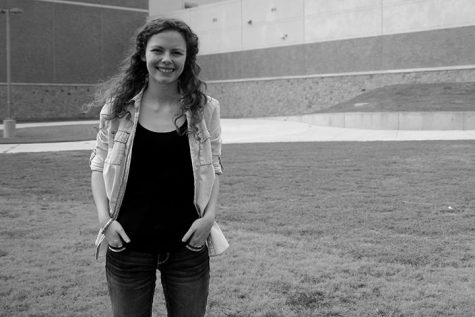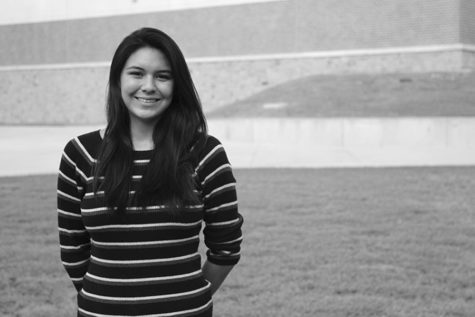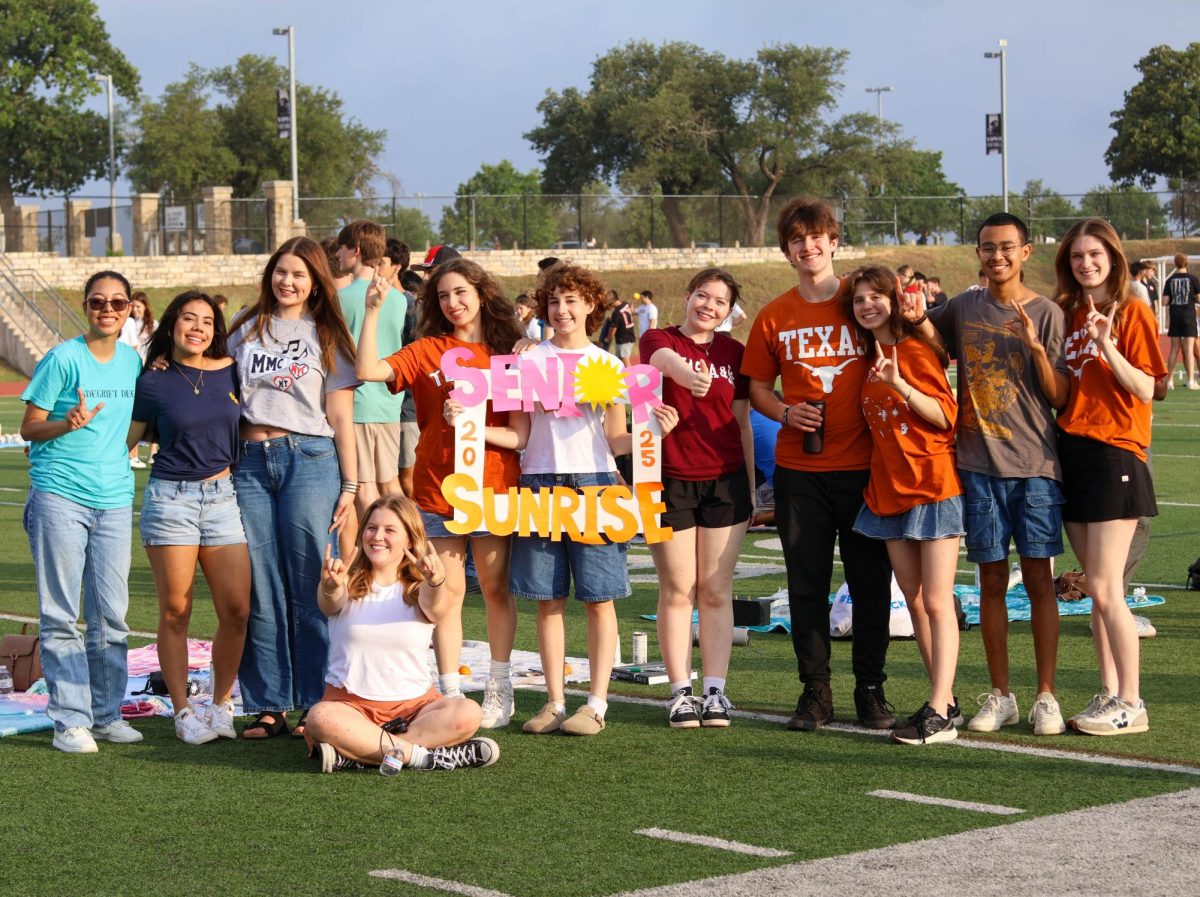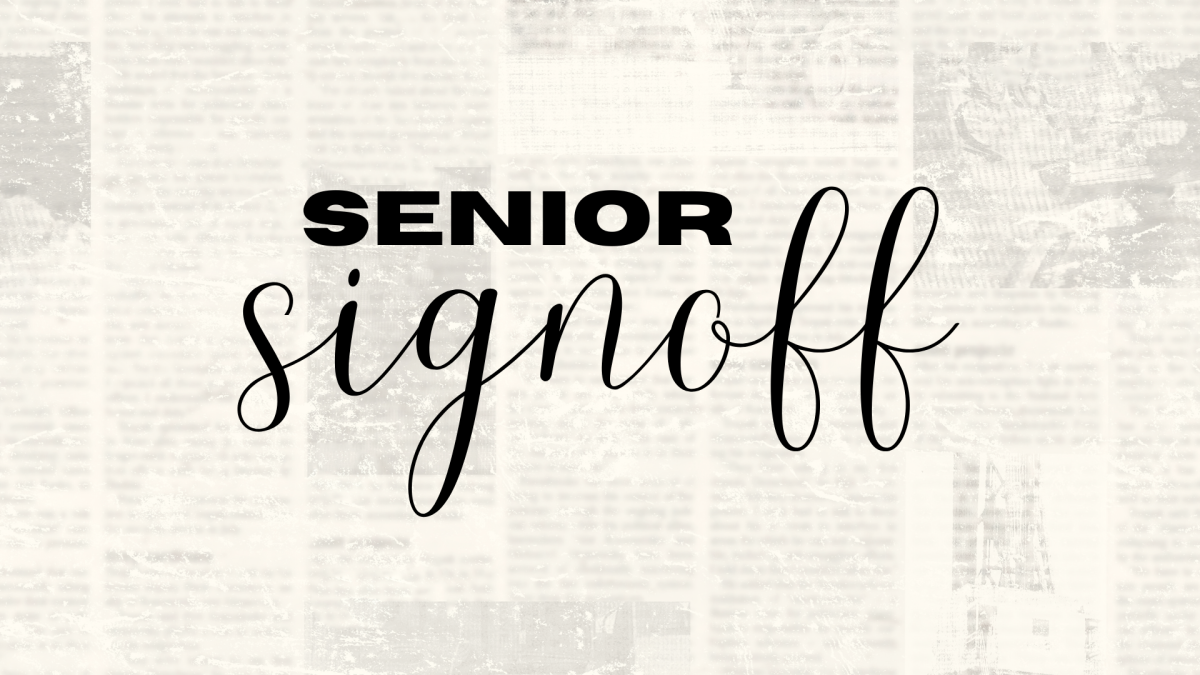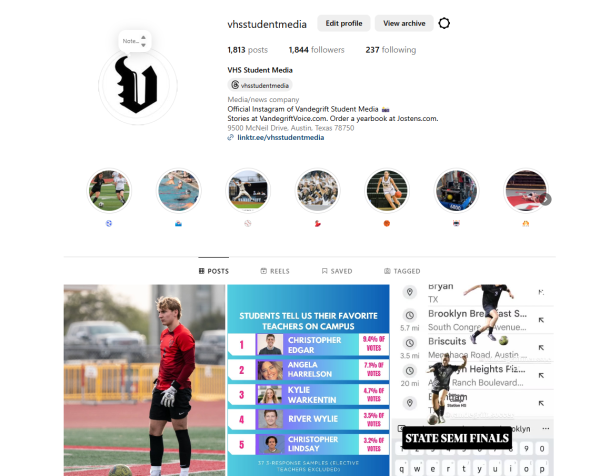Medical Interventions engineers nanodevices
April 16, 2017
This past week, both of John Schocken’s medical intervention classes presented their projects about nanodevices they designed to fight cancer.
“Right now nano particles and nano technology in general is so theoretical and it was actually really exciting for us,” senior Hope Waters said. “He said to just go at it and as med students I just thought that was the coolest thing.”
The students used the library’s 3D printer, which was donated last year, to create 3D prototypes of their nanodevices for their presentations.
“It kind of helps more to just present, to show what it is, not through a picture only,” senior Hannah Awley said. “In the picture it’s just 2D and bland, but with the 3D printing it makes it real and also the teachers will be more open to looking at it and what it is.”
One group of seniors engineered a vault particle, which is found in all eukaryotic cells, that holds drugs for treatment of cancer and when released into the body will be able to detect various cancers and release these drugs. The students designed it to target glioblastomas, or brain tumors.
“They have found a way to bioengineer these tiny things made up of a couple proteins and pack it full of whatever they want,” Waters said. “It’s so theoretical right now, which is kind of frustrating, kind of exciting at the same time, but you can use it as a drug delivery system.”
Several of the students expressed their interest in the project and their desire to pursue medical studies in the future.
“For me, it’s the possibility of the unknown, the things we don’t know,” senior Meghan Collier said. “I want to go into pathology and fields dealing with the anomalies of the human body. It’s what we don’t know and what we can figure out, like with this [project]-we don’t know, but we can get a shot of it, we can try.”


